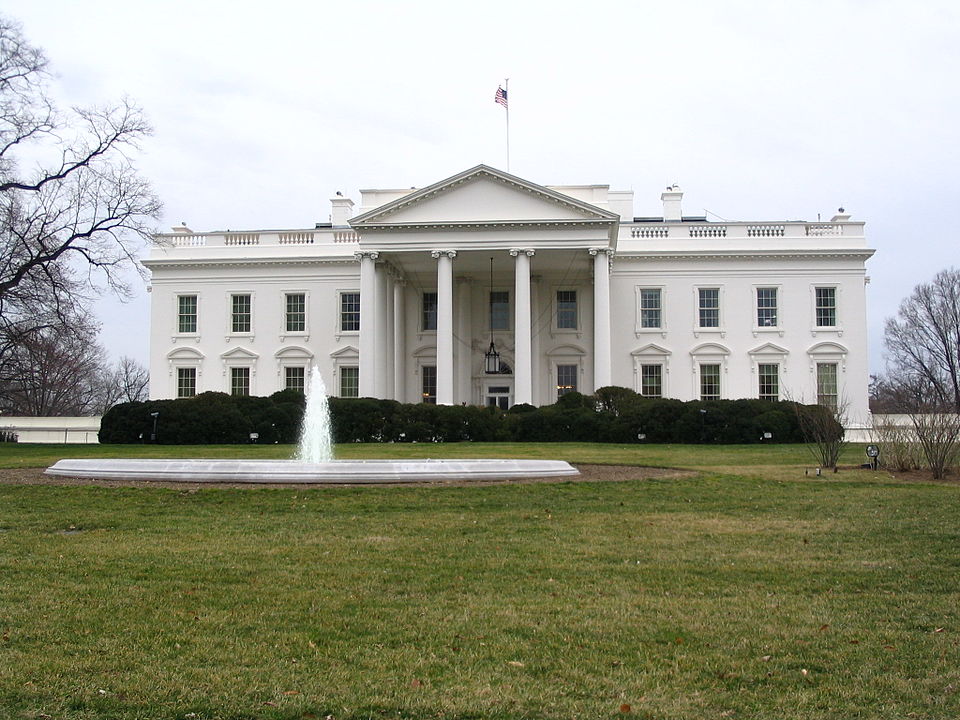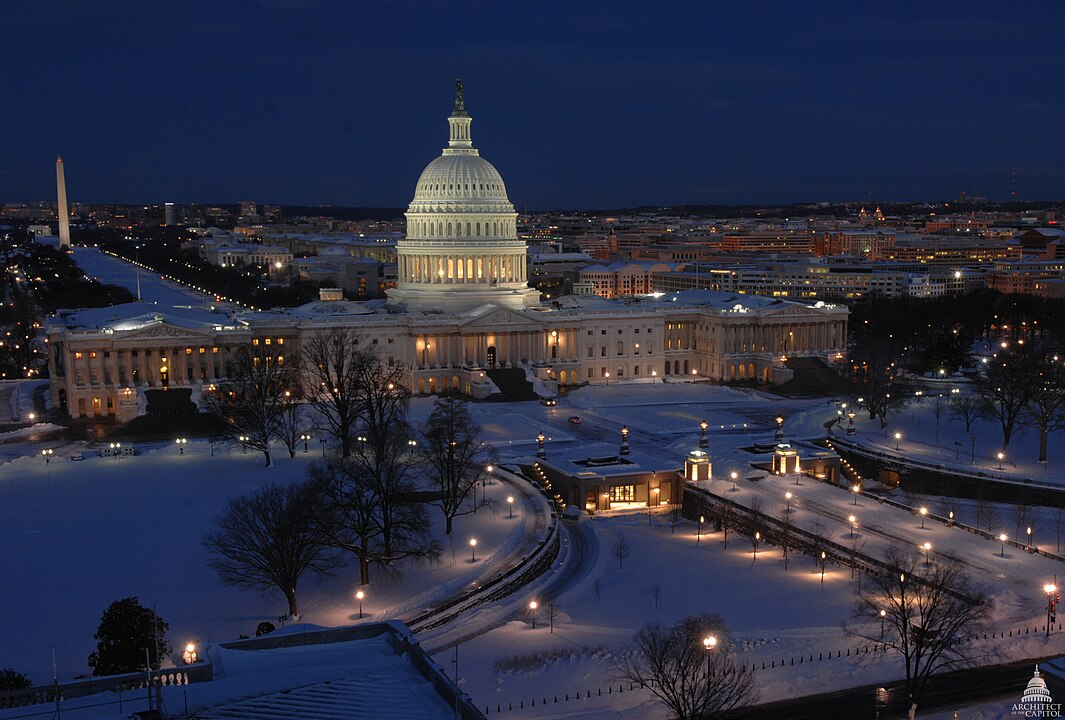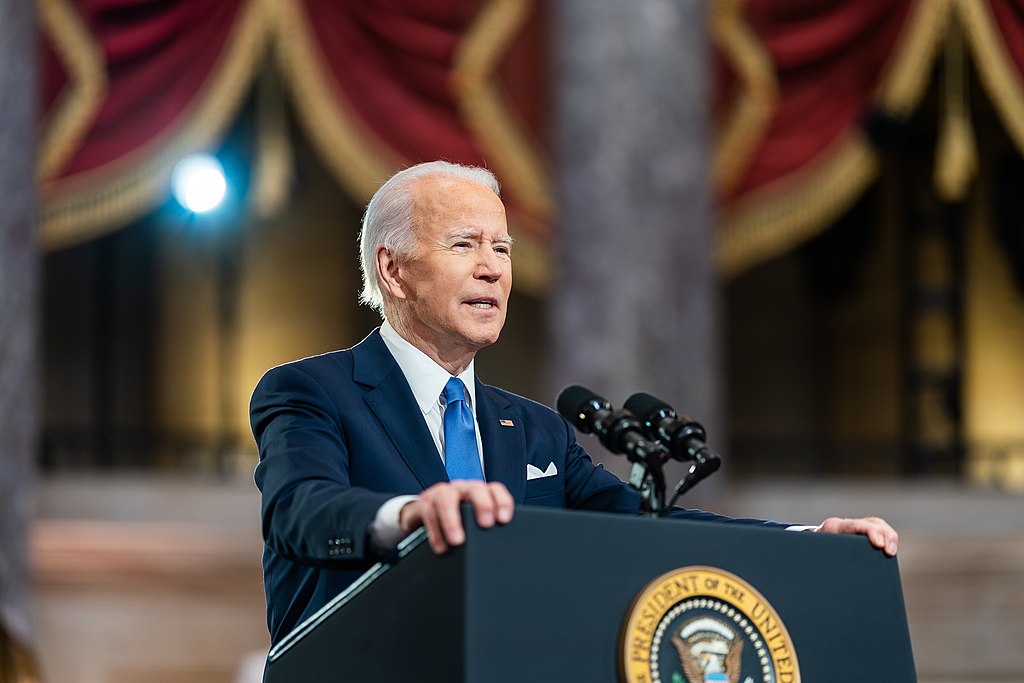The White House this week removed all six members of the Commission of Fine Arts — an independent body that advises on federal architecture and design — as part of a broader effort to align federal design decisions with President Donald Trump’s America First vision.
According to a White House official, the administration is “preparing to appoint a new slate of members more aligned with President Trump’s priorities for American design and heritage.” The outgoing commissioners, all appointed by former President Joe Biden, were informed of their dismissal via email on Tuesday.
The decision comes shortly after President Trump unveiled plans for a new ballroom complex and symbolic arch near the Potomac River, inspired by classical American and European architecture — a project intended to restore elegance and permanence to the capital’s design after years of what conservatives have criticized as “soulless” modernism.
The Commission of Fine Arts, established by Congress in 1910, serves as an advisory panel on aesthetic matters affecting federal interests in Washington, D.C. Its role is nonbinding, but its recommendations often shape major construction and preservation efforts. The Trump administration’s move reflects a longstanding conservative push to reclaim Washington’s architectural identity from the dominance of contemporary, utilitarian styles.
Critics of the decision — including the National Trust for Historic Preservation — urged a delay in construction, citing procedural concerns. However, the White House pointed out that historical precedent supports presidential authority in such matters: President Harry Truman dismissed CFA members in 1947 after they opposed his plan to add a balcony to the White House. Truman replaced them and built the balcony anyway — a now-iconic feature of the executive mansion.
President Trump’s new appointments to the National Capital Planning Commission (NCPC), including close adviser William Scharf as chair, ensure his administration’s development projects will continue advancing efficiently.
During Trump’s first term, the CFA approved then–First Lady Melania Trump’s White House tennis pavilion, a neoclassical structure completed in 2020.
Supporters say the new projects — including the proposed ballroom and triumphal arch — are part of a broader revival of traditional architecture that reflects national pride, historical continuity, and cultural confidence.



